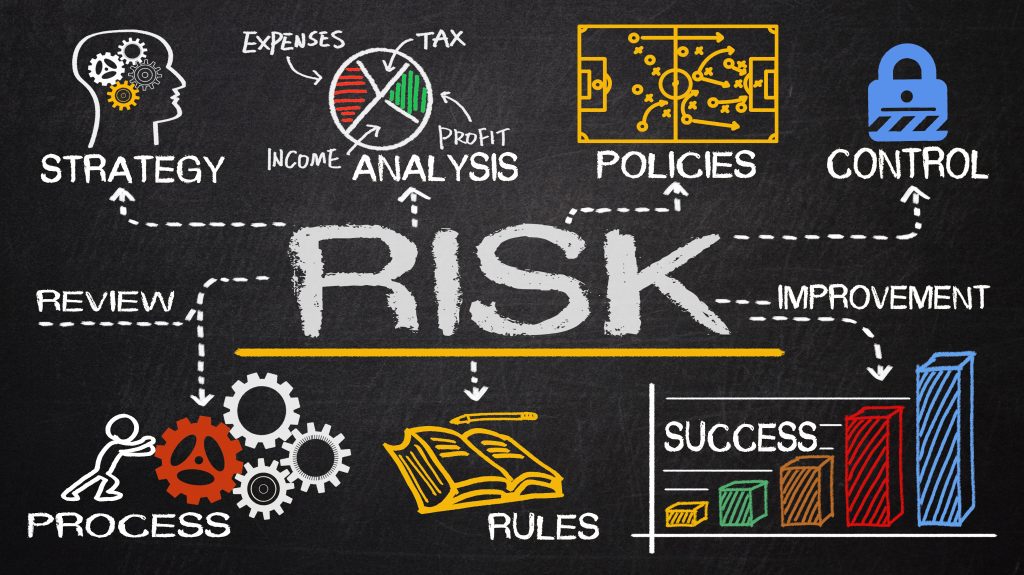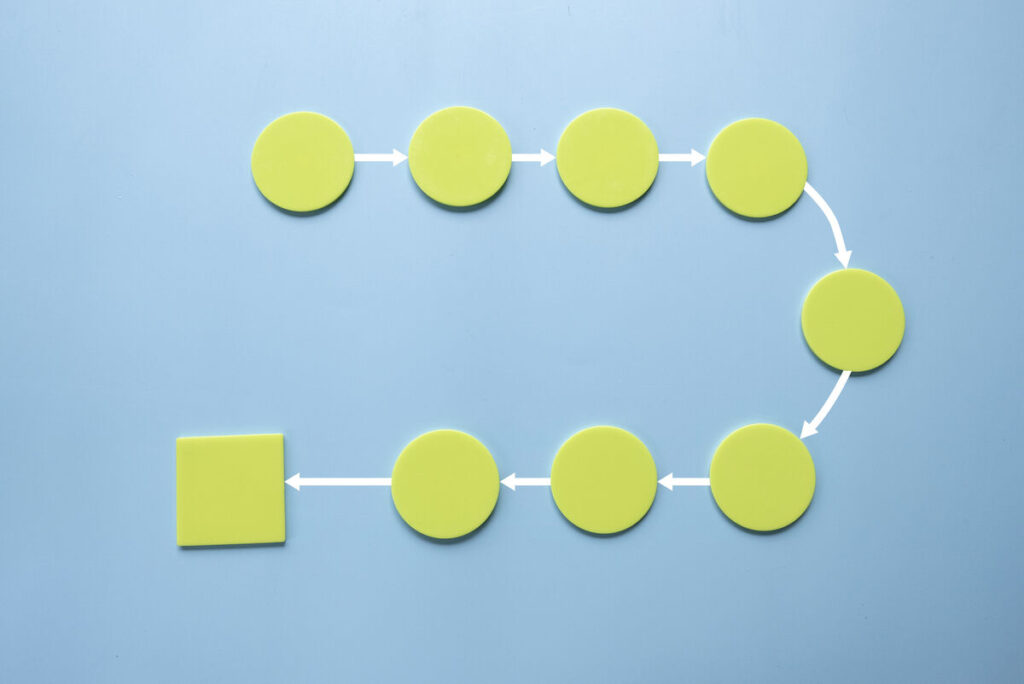Key takeaways
What is a RACI chart?
The RACI chart, also referred to as the RACI matrix, is a responsibility assignment matrix consisting of rows and columns designed to define the task roles of all project stakeholders. Each designation, represented by the letters R, A, C, and I, stands for responsible, accountable, consulted, and informed.
One of the keys to successful project management is a clear understanding of the responsibilities of each stakeholder and the RACI chart is a great tool for achieving this, as it lets you visualize who handles certain tasks throughout the project lifecycle.
Let’s take a further look at the four key roles in the RACI matrix.
Description
Number of people to assign
Examples
Responsible (R)
The person or group assigned to complete a specific task or deliverable
At least one person or more per task
- Writers
- Graphic designer
- Data analyst
Accountable (A)
The person who delegates or oversees task completion
Only one person per task
- Product owner
- Department head
- Team lead
Consulted (C)
The person or group that provides expertise and advice during the project
Can be one or multiple consultants
- Creative director
- Legal adviser
- Compliance officer
Informed (I)
People or groups who need to be updated on project progress or decisions
Can be one or multiple people
- Customers/clients
- Business partners
- Stakeholders
Pros and cons of the RACI chart
At its core, the RACI model helps teams develop a sense of transparency and set clear expectations. But like any other project management tool, a RACI chart has its advantages and downsides. Knowing what they are will help you make an informed decision about whether to implement it in your projects.
Benefits of using a RACI matrix
One of the known benefits of the RACI chart is how it brings clarity and structure to identifying the people in charge of key responsibilities. This ability is further magnified in large organizations with diverse roles and skill sets. Here’s a deep dive into the benefits of the RACI matrix and why project managers use it:
Disadvantages of using a RACI matrix
How to make a RACI chart
Now that you know what a RACI matrix is, it’s time to learn how to create one for your team.
Building a RACI chart is relatively simple, especially if you have a template to work with. The challenge is to align the appropriate roles with each member’s skills, position, and expertise.
1. List project roles as columns
The first step is to identify the people involved in the project. Included are team members, managers, and department heads. To avoid overlooking anyone, categorize internal and external stakeholders based on their level of involvement and influence on the project.
When listing members, you may add people or groups that won’t work directly on the project but play a key role in decision-making. These include the executive director, customers, and business partners.
Once you have the list, plot each one along the top row of the chart. There are two ways to label project roles: by name and or by job title. Listing out names is ideal if multiple members are playing the same role, while job titles work better if the same person is handling multiple roles.
2. List project tasks as rows
When listing tasks in a RACI chart, break them down into activities such as deliverables, milestones, and decisions. After identifying all the tasks, list them on the left-hand column of the chart based on the order of completion.
To avoid confusion, use your project plan to cross-check the tasks and due dates in your RACI matrix. A great tip is to categorize tasks by phase or objectives. Remember, less is more when creating a RACI analysis matrix.
3. Assign roles
The next step is to assign roles to each person using the definition of RACI: R (responsible), A (accountable), C (consulted), and I (informed). This process indicates the individual’s level of responsibility in a specific task, deliverable, or decision.
When assigning roles, make sure that every task has someone “responsible” and that only one person should assume the role of “accountable.” Then decide who to consult with during the project and who should be in the loop on project progress. Move across the rows until you have completed the cells in your matrix.
4. Review the RACI chart with your stakeholders
Before implementing the RACI matrix, discuss it with the stakeholders first. Go over the chart with everyone involved and ask for feedback to see if they’re satisfied with the role assigned to them.
You can set up regular check-ins to ensure staff alignment and address issues that may arise during the project. Also, make sure to provide your team access to the chart for easy reference regarding role clarifications.
Examples of a RACI matrix
Now that you know how to make your own RACI chart, you might wonder how it applies to real-life scenarios. Below we provided two case studies on how the RACI chart can be implemented in designing a website and running a small-scale ecommerce operation. Let’s see how it is used in practice.
Website creation RACI matrix
The project below involves a five-member team tasked with creating a website geared towards brand marketing. Each member offers unique skills and expertise in visual design, content creation, and web development.
Web designer
Developer
Marketing staff
SEO specialist
Web content manager
Create the visual design and layout
R
C
I
C
A
Produce engaging content
C
I
R
C
A
Develop website functionalities
C
R
I
C
A
Implement on-page SEO
C
I
C
C
A
Role distribution RACI matrix
In a small e-commerce business, team members often assume multiple roles and work closely together. Here’s an example of a RACI matrix for a team that’s responsible for maintaining an e-commerce website.
Customer service representative
Order fulfillment specialist
Website admin
Graphic designer
Product manager
Address customer inquiries and resolve issues
R
C
I
I
A
Manage inventory and source products for selling
I
C
I
I
R/A
Update product listings and manage content
I
C
R
C
A
Handles payments, shipping, cancellations, and refunds
C
R
I
I
A
Produce product images and promotional materials
I
I
C
R
A
Free RACI chart template
A well-implemented RACI chart provides a clear structure about the roles stakeholders play within a project. To ensure a successful delivery, download our free RACI chart template below.
Download our RACI matrix template for free:





